With Secretary of State John Kerry’s latest attempt to cooperate with Russia on a new strategy for Syria in tatters, and U.S.-Russian relations arguably even the worse for it, we need to face reality. Our policy in Syria is failing, writes Michael O’Hanlon—not only because of President Obama’s unwillingness to deploy sufficient military means to the fight, but also because of the basic logic of our political strategy. This piece originally appeared on USA Today.
With Secretary of State John Kerry’s latest attempt to cooperate with Russia on a new strategy for Syria in tatters, and U.S.-Russian relations arguably even the worse for it, we need to face reality. Our policy in Syria is failing—not only because of President Obama’s unwillingness to deploy sufficient military means to the fight, but also because of the basic logic of our political strategy.
The idea that we can simultaneously defeat the Islamic State terrorist group and apply enough military pressure on President Bashar Assad to persuade him to step down in favor of a power-sharing, multi-sectarian government is entirely unrealistic. Even the ideas we are hearing on the presidential campaign trail—more deployments of U.S. special forces to train Syrian opposition fighters, use of American air power to destroy Syrian government aircraft that carry out atrocities—are inadequate to achieve such a dreamy outcome. They are right as far as they go, but they don’t and won’t go far enough to turn this war around.
Syria as a cohesive, centrally ruled state is gone—at least for now. It has been ripped to shreds by war, and no force on the battlefield today or in the offing is going to be strong enough to put it back together anytime in the foreseeable future. Whatever permutations in our military policies may occur come January, the Syrian war is likely to continue for years given its current dynamics.
Syria as a cohesive, centrally ruled state is gone—at least for now.
Stopping the war anytime soon will require us to recognize these facts. Once we do, we need to convince everyone else—Syrian insurgents who still dream of the Syria they used to know but under different political leadership, Turks who fear Kurdish aspirations for independence, Russians and Assad himself who still hope they can win the war outright—that confederation is the only viable option for the foreseeable future. The next U.S. president needs to increase our military leverage in the fight, to be sure. But at least as important is a clearer and more achievable sense of the endpoint we are after.
Syria needs a weak central government with several autonomous regions that largely run themselves, form their own security forces, and rebuild their own economies. These regions should protect minority rights, and people should be encouraged to remain where they are, if at all possible. But the country will be most realistically stabilized with regions, each of them led primarily by one ethnic or confessional group, living within internal borders that are negotiated in a new peace process and patrolled eventually by international peacekeepers.
Turkey’s concern about Kurdish aspirations for independence could be mitigated by requiring two Kurdish zones instead of just one, divided by the several thousand Turkish forces in Syria today. Those Turkish units could in effect be transformed into members of the peace enforcement force that would be authorized as part of the negotiated deal creating the confederation. The international community would retain additional leverage over the Kurds (and other potential spoilers of any peace deal), not only with strike elements of the peace enforcement mission but also with the spigot of economic aid, which could be cut off to any group that stopped complying with the peace deal.
Even getting to this point will be hard, of course. But it is far more realistic than waiting for someone to beat ISIL and displace Assad—and do all that with enough charity and forgiveness that the country can stabilize thereafter.
To see why complete military defeat of ISIS and a negotiated removal of Assad is too high a bar, consider the table included in this column on the military strength of the various combatants in Syria. I have made approximations, drawing on remarkable work by the Institute for the Study of War and other think tanks. The numbers can be debated; in fact, they are almost surely somewhat wrong. However, the central message is clear: There is too much military parity on the battlefield for anything but protracted fighting and one type of stalemate or another to ensue in the months and even years to come. It is possible that Assad will seize Aleppo soon, but even if that happens, the war will surely continue. In any event, our friends are not going to win even if we double or triple our own efforts.
The table shows that army and paramilitary forces friendly to Assad’s government may total well over 200,000 individuals. These forces are assisted by key Hezbollah, Iranian, and Russian elements.
Then there are the extremists. Between the former Nusra Front, now known as the Front for Conquest (but whatever you call it, the al-Qaida element in Syria), and ISIS, there are several tens of thousands more enemy forces for the United States and its friends to contend with. Then there are several tens of thousands more without explicit association to these jihadist groups, yet with jihadist tendencies, making for a grand total of up to 100,000 Sunni extremists.
American friends and allies are not inconsequential. The Kurds have been militarily impressive, and their numbers are reasonably strong—though their ambitions are confined generally to the country’s north. All other moderate forces added together, plus the Kurds, may total 100,000 or a bit more. Unfortunately, these fighters must take on the 100,000 or so hard-line Sunni extremists and the 200,000 or more combatants on Assad’s side. Numbers do not always predict outcomes in war, but these odds are daunting — and the moderate forces are also quite poor at coordinating their efforts with each other, further limiting battlefield effectiveness.
Put all this together, and the fight against ISIS is going gradually better. But that’s about the extent of the good news. The best case for the trajectory we are on would seem to be a potential liberation of other eastern areas of Syria held by ISIS in 2017 or 2018, but a sustained inability for moderate forces to challenge Assad in the country’s main population belt to the west, except here or there.
It is time to get real. Confederation is not so bad. And a peace accord establishing it could always mandate a constitutional convention in, say, ten years to see whether the country can be more tightly reintegrated at that point. The dream of Syria as we knew it need not be destroyed forever. But right now, it has no relevance to the nightmare that will continue to endure if we remain so strategically unrealistic in our political vision for the country.
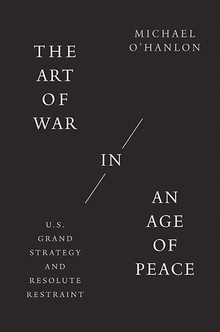
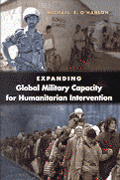

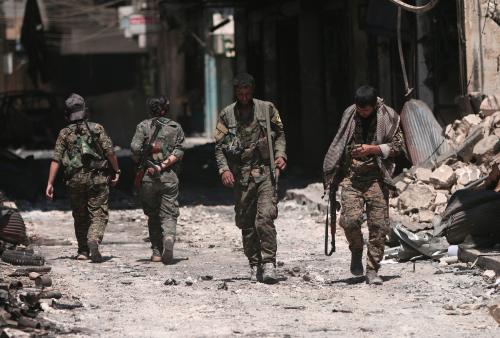
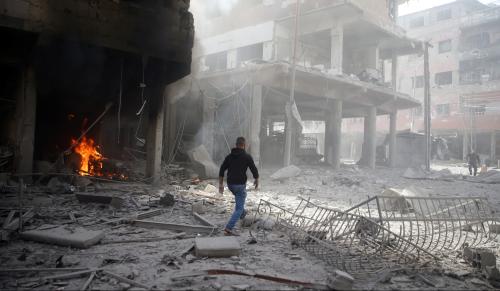
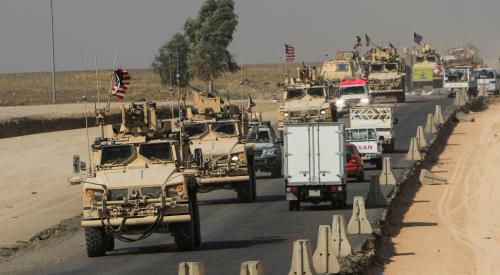

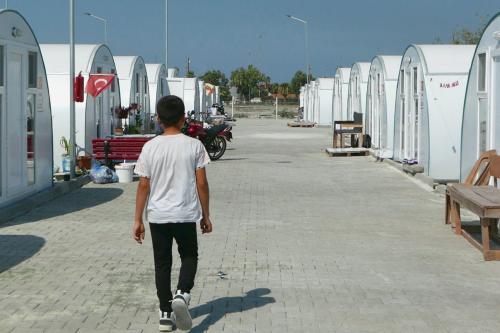
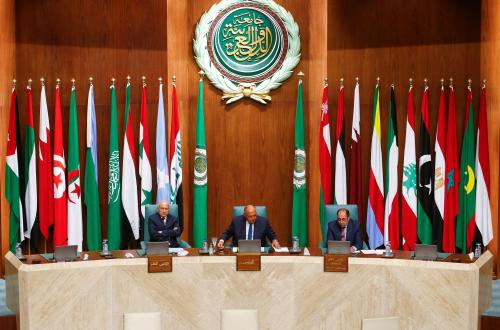
Commentary
A Syrian deadlock for years to come
October 17, 2016